The Ultimate Guide to Canvas Panels
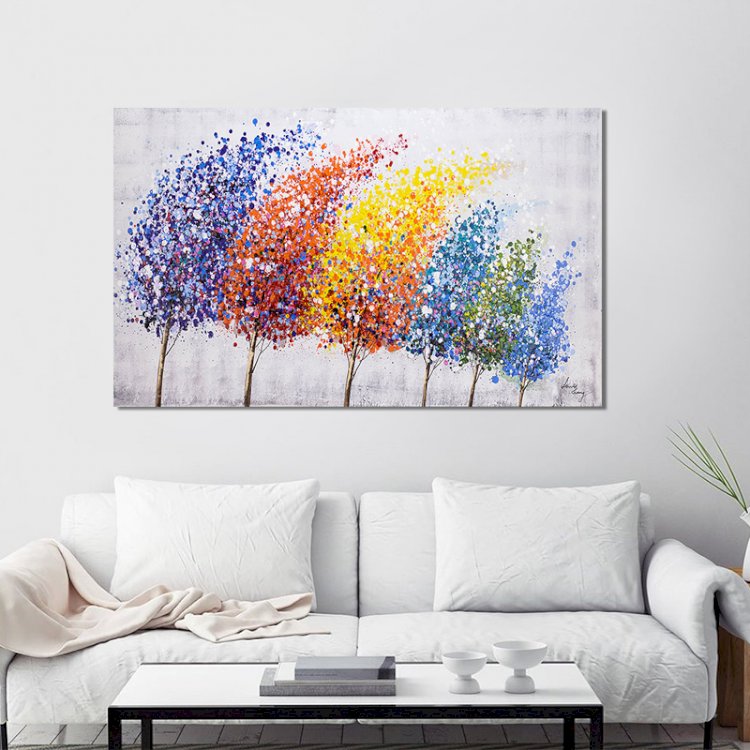
Canvas panels are a great alternative to traditional wall art. They offer the same beautiful look but with an updated and modern feel that is perfect for any room in your home. This guide will help you decide whether or not it's appropriate for you, what size canvas panel to purchase, and how to hang it on the wall. We'll also discuss some of the best ways to frame your canvas panel so that it looks it's very best.
A canvas panel is a great way to change the look of your room with minimal effort. They are easy to install and come in tons of different colors, sizes, shapes, and textures. Most importantly, you can hang them on any wall - so no matter what color you want for your living room or dining room- there's a canvas panel for it.
If you are new to canvas panels, there is a lot of information that needs sorting through. I will be going over all the various aspects in this post so keep reading.
What Is a Canvas Panel?
Canvas panels are an excellent alternative to stretched canvas because they're rigid and not as thick. These boards also make painting outdoors more convenient, especially if you like working small.
The phrases "canvas panels" and "canvas boards" are interchangeable. It is true regardless of whether the board is made from wood or cardboard, so you'll have to check what your package says.
You can also make your canvas panels by painting them with the color you prefer and then applying gesso before reaching out to dry.
What Canvas Panels Are Made From?
Canvas panels are made from a rigid board, adhesive, canvas, and gesso. You can read more about each component in the sections below.
Boards
You can use different boards for making canvas panels, but they're usually made from cardboard or wood.
Cardboard Canvas Panels
As I mentioned above, the more affordable canvas panels are usually made from cardboard. It's a thicker chipboard variety of cards and not corrugated boxes that you may have seen on your local store shelves.
These panels are a great way to get started in painting. They're less expensive than stretched canvas and yet still provide the same texture as an artist who uses this material for their work.
Wood Canvas Panels
There are a variety of wood boards that artists use to make canvas panels.
The most common type of board is a sheet of MDF, also known as a hardboard. Different types can make things confusing for the beginner DIY'er in your life.
Wood is a popular material for painting because it offers the artist many possibilities. To start, you can choose from different shapes and sizes of boards that allow more creative freedom than traditional canvas panels. In addition to this variety in shape comes even greater customization with color choices- there are no purple or blue-greys here.
Adhesive
The adhesive that's used to glue the canvas to the board should be pH neutral.
Artists who make their canvas panels often use the acrylic gel as an adhesive. It's acid-free, archival, and has a low odor to keep the quality of artwork high art educators can purchase from anywhere in America because it's shipped directly from artist studios without any need for a middleman or distributor.
Canvas
Canvas panels are available in various types, but linen also has unique properties. Linen is made from the plant flax, and it's got an extra level of softness that canvas can't capture - for this reason, some people prefer using linens over other materials.
The textured surfaces of the canvas are perfect for painting with watercolors, oils, or acrylics. They have a different feel depending on what type you use, so experimentation will help find the best medium-best suited surface.
Gesso
One of the most common things people like to do with their art is hang it on a wall. But what if you don't have any walls? Well, now there's gesso! It comes in an easy-to-use kit form that includes everything needed for priming your canvas boards, so they're ready when painting time rolls around.
You can buy primed canvas if you want to make your DIY panels. You should save yourself the trouble of prime unstretched canvas, but I never tried it, so don't quote me on that one.
The difference in the quality of gesso used on canvas boards can be seen by looking at how it looks. Some cheaper panels use an inexpensive type that has a relatively smooth appearance. In contrast, higher-priced products will typically have more teeth for increased durability and intense color saturation when painted onto.
Uses for Canvas Panels

Plein Air Painting
Plein air painters often use canvas panels for painting outdoors because they are much thinner than regular canvases. It is an essential factor in taking your supplies with you when traveling since there's less weight on your back.
A canvas panel is usually ⅛" thick, so they're roughly six times thinner than a stretched canvas.
A traditional canvas is at least 3/4" thick, so they're much too big for these clips. If you plan on painting with a regular old-fashioned easel outdoors, make sure to get one that has clamps and will hold it in place.
Canvas Panels Block Out Sunlight
The sunlight shining through the center part of this painting makes it challenging to judge colors. Canvas boards don't have this problem because they entirely block out the light, as opposed to paintings that only hinder their view on one side or another with an area where there is more illumination than other places in regards to what we're viewing at any given moment.
It is a real distraction because it will make the colors look lighter where the light shines through. The areas behind your stretched canvas (where stretcher bars are) appear normal and block out any shine from that direction. Still, if you bring along boards or other items like curtains during an outdoor shoot, they'll provide much better protection for when we're shooting at sunset hours in harsh lighting conditions.
Small Paintings
Canvas boards are also popular among artists who paint small. While you can make a 6 "x6" stretched canvas by stretching it over some stretcher bars, a panel is a more convenient and more straightforward solution.
Stretched canvases are best for large paintings with complex, detailed scenes. They don't always provide a uniform surface at smaller sizes because the stretching process varies from painting to painting. When you're working on an uneven floor, it can be challenging to cover everything equally well.
Stretching canvas across small stretcher bars can be tricky. The smaller size makes it challenging to get enough tension in the canvas so that sagging isn't an issue. Trying to staple a large piece with pliers is cumbersome, too, since there's more material available on larger canvases which means they'll stretch more quickly after being stretched by hand or machine tools before stapling them down for good measure.
Canvas boards are very consistent, and the corners are almost always perfectly square. It makes it easy to paint a perfect circle or straight line without any wrinkles in your work, regardless of how much you move around during installation.
The guide to canvas panels has been written with the intent of providing you with a brief overview of how they are made, what materials are used, and how you can buy them. If this article helped you understand more about these products, hopefully, we can help by offering you some great deals at our online store where you purchase wall art in enjoy canvas. We have many different types of canvases available, ranging from abstract paintings to nature scenes so take your time browsing through all of our options before deciding.
Share
What's Your Reaction?
 Like
2
Like
2
 Dislike
1
Dislike
1
 Love
1
Love
1
 Funny
1
Funny
1
 Angry
0
Angry
0
 Sad
0
Sad
0
 Wow
0
Wow
0

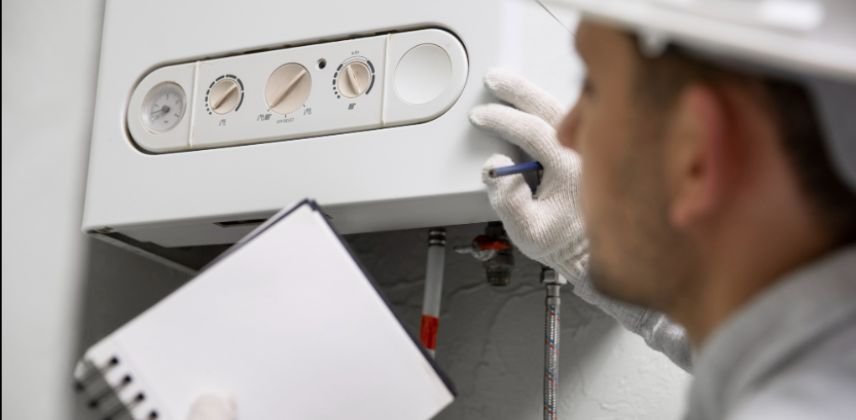






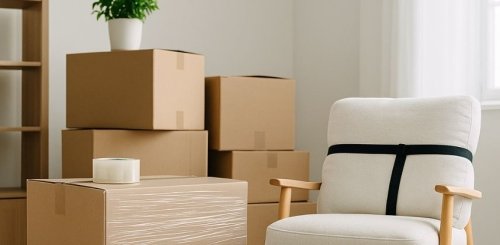

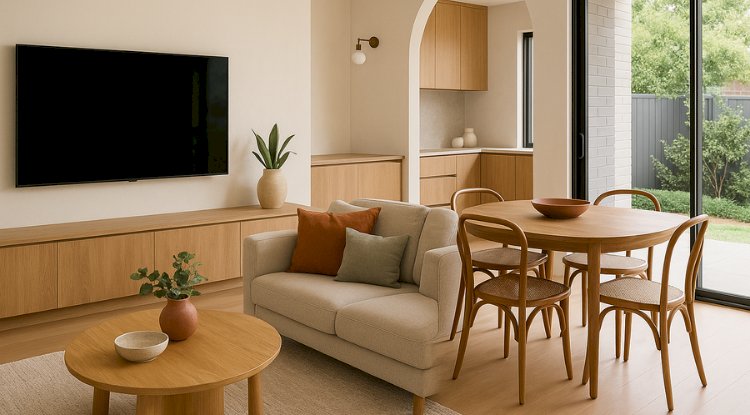
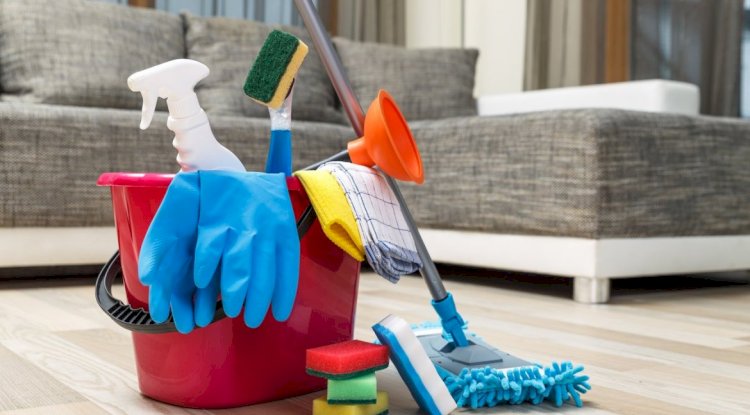

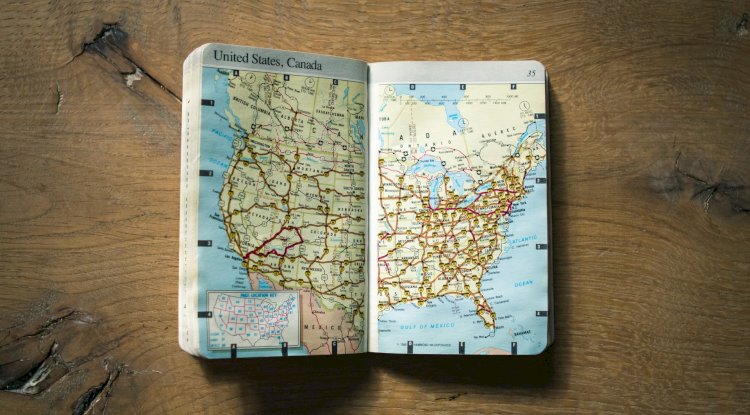

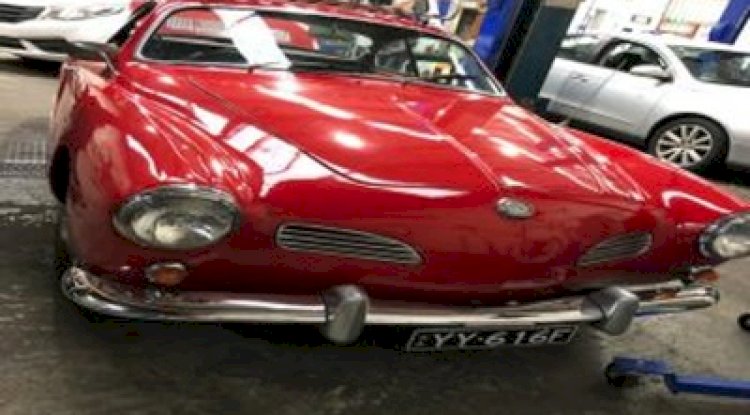

1
1
1